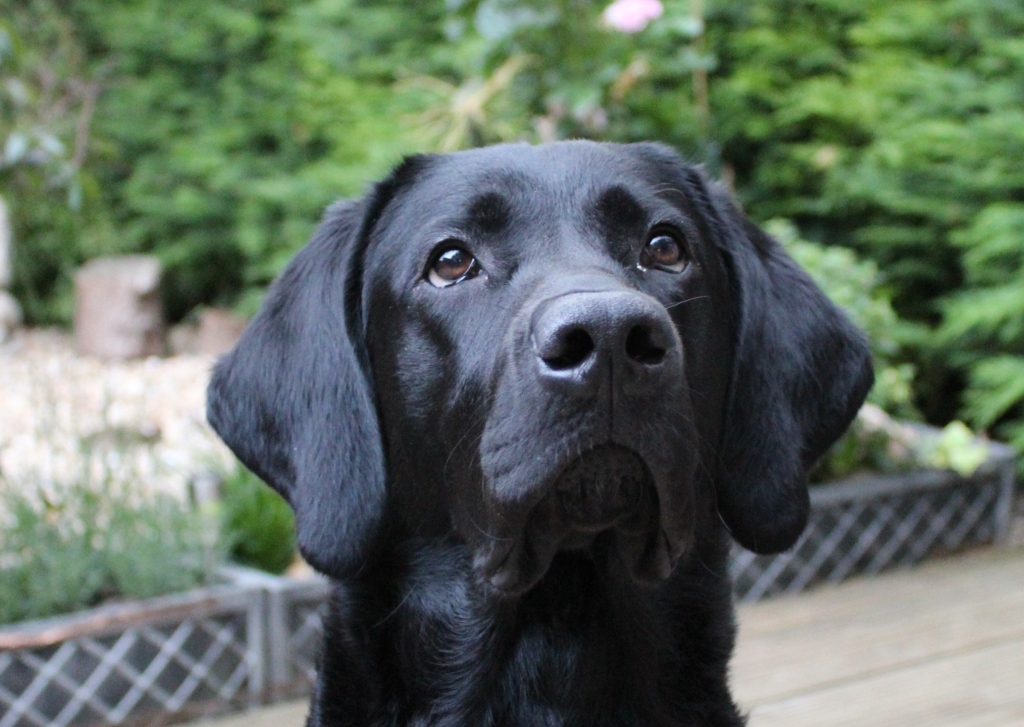Often in the dog world we discuss how to get the dog to do this that or the other, or even, how to get the dog to stop doing this that or the other. That’s not always a bad thing, I’m not suggesting that dogs should be left unguided to participate in whatever they want. But, quite often we are so preoccupied with what we want the dog to do or not to do, that we fail to consider the dog’s needs. Who are they as individual sentient beings? How do they feel about our behaviour when we try to shape their behaviour. For some, this is wishy-washy dribble, worthy of only scorn and ridicule. I cannot change that, we each walk our own path.
However, I do encourage anyone who’s interested, to take a step back. Take a look at who the dog is, take time to see them, to really see them. We can never really know what life is like from the dog’s perspective; we don’t know for sure what life’s like from another human’s perspective, so it’s not without its difficulties, but that’s not a reason not to try. We know when we are happy, sad, anxious or afraid, and we can use this knowledge to predict how dogs are feeling.
The anatomy of all mammals is incredibly similar – four limbs, a torso, a heart and lungs, a circulatory system, endocrine system and brain. They’re all remarkably similar; We’re similar because we evolved from a common ancestor at some point in time. We’ve developed specialisations, humans can do crosswords, dogs can smell the breeding status of other dogs they’ve never met. People always notice the differences, but we ignore, even deny, the similarities. I think we do this because we feel we should be separate from other animals, but there’s no escape from facts – The dog and the human are both mammals with a hell of a lot of anatomy and emotional regulation in common.

We don’t like it when we are not seen. We don’t like being just another number in the tax system or hospital waiting list. We appreciate recognition, we appreciate being treated as an individual. It’s easy to forget though when it comes to others, especially others who don’t speak our language. The feelings of dogs are very easily ignored, what can they do about it in a human-controlled world?
I see many dog trainers on social media promoting themselves. Many have done well for themselves. They’ve broken through to becoming well known. They have successful businesses. But it’s often just about what humans want. I repeatedly see them ‘cure’ dogs from pulling on lead by putting a slip lead around the dog’s neck and tightening it if the dog steps away from the guardian.
They seem to fail to give any consideration as to why the particular dog pulls, what their day looks like, what enrichment they have, how often they go out, where they’re walked, what happens if the guardian stops, how it feels for the dog to have a rope tightened around the neck, or the damage it might do to the delicate structures within the neck (which are the same as ours). There’s just no consideration for the dog at all. It’s just ‘stay with me or get a sudden sharp neck constriction’. It works, it startles the dog. The dog thinks ‘shit, every time I move something bad happens’.
But, does the guardian want the dog to be frightened or on edge? And did we bother to consider the experience from the dog’s perspective? Did we consider the long-term implications? The answer is usually, no. This is what we are saying to that dog. I want what I want, I don’t care what you want, I don’t care how you feel, do what I want or ‘BAM’ I’ll get aggressive.
For many, the animal’s feelings are not important, I understand that, often people don’t care about human feelings or even human life. After all, we’ve been killing each other since before historical records began. It’s sad and it’s shitty how our species behaves sometimes, yet as an individual, you make the difference for the dogs in your care. To get this opportunity is a great gift. To be able to make such a huge difference to the life experience of another sentient being is truly awesome. That’s what drives my choices. Don’t just look at the dog, see them. Consider what they want, what they need, how they feel? Build a relationship, not a dictatorship.
